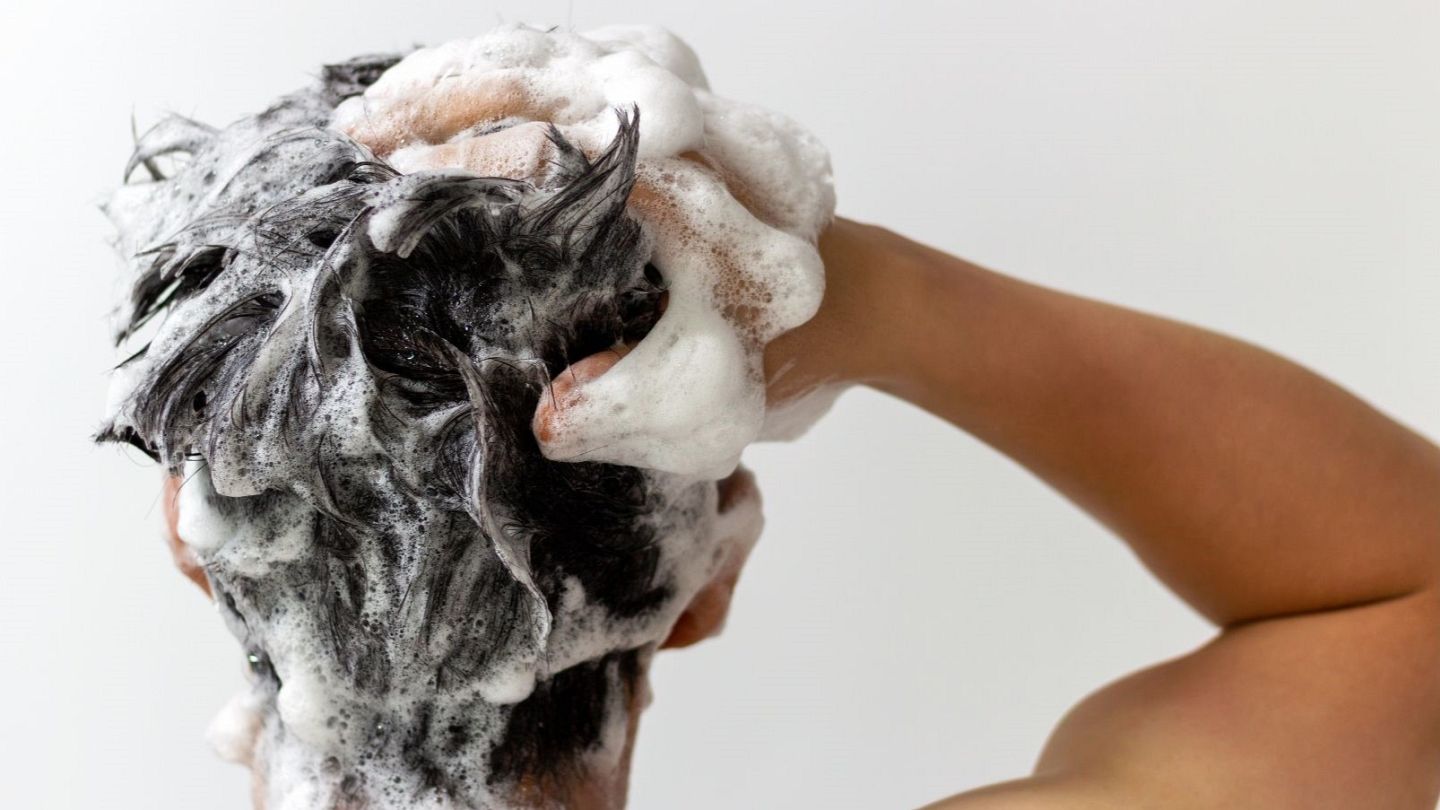In an alarming turn of events, one of the most well-known and trusted shampoo brands in the world has been recalled due to a potentially fatal contamination. The shampoo, which has been a staple in many households for years, is now under scrutiny after it was discovered to contain harmful bacteria capable of causing serious illness and even death. Authorities have issued a warning, urging consumers to immediately stop using the product. This unexpected recall has shocked both the public and the company’s loyal customer base, raising concerns about product safety and the oversight of manufacturing processes.
The bacteria responsible for this dangerous contamination is identified as Burkholderia cepacia, a pathogen known for causing respiratory infections, particularly in individuals with weakened immune systems or underlying health conditions. In severe cases, Burkholderia cepacia can lead to life-threatening infections, including pneumonia or sepsis. Reports suggest that the bacteria can infect patients through the skin, making the affected shampoo particularly hazardous for individuals with sensitive skin or open wounds. What makes this contamination even more concerning is the high mortality rate associated with it. Studies have shown that approximately one in ten people who contract an infection from this bacteria may succumb to the illness if not treated promptly and effectively.
This revelation has prompted widespread concern across the globe, especially among those who regularly use the shampoo and may have already been exposed to the bacteria. Health experts have emphasized that while the risk of infection may be higher for individuals with compromised immune systems, even healthy individuals should be cautious. The bacteria can enter the body through minor cuts or abrasions on the skin, potentially leading to serious complications. As a result, the recall has been classified as an urgent public safety matter.
The company behind the shampoo has responded swiftly to the situation, issuing a formal recall notice and halting production of the contaminated batches. They have also pledged to cooperate fully with health authorities to investigate the source of the contamination and prevent similar issues in the future. In their statement, the company expressed deep regret over the incident, assuring customers that they are taking every necessary step to address the situation. While the recall affects millions of bottles of the shampoo, the company has assured consumers that they are offering full refunds to those who have purchased the product.

Health officials have also urged the public to check their homes for the affected shampoo and dispose of it immediately. In addition, those who may have used the product recently and are experiencing symptoms such as fever, cough, or skin irritation are advised to seek medical attention as soon as possible. For patients with weakened immune systems, such as those undergoing chemotherapy or living with chronic illnesses, the risk of infection is particularly high, and they should be especially vigilant in seeking medical care.
This incident has raised important questions about the safety protocols in place at manufacturing facilities and the efficacy of product testing before items are released to the public. While recalls due to contamination are not entirely uncommon, the presence of such a dangerous pathogen in a consumer product used by millions of people is a stark reminder of the potential risks associated with mass-produced goods. Experts are now calling for stricter regulations and more thorough inspections of products, particularly those that are used on a daily basis and in large quantities.
In conclusion, the recent recall of a well-known shampoo due to a bacterial contamination that can kill one in ten patients serves as a grave reminder of the importance of product safety. Consumers must remain vigilant and cautious, following recall notices and seeking medical advice if they suspect exposure to harmful substances. The incident has sparked widespread concern about public health, the responsibility of manufacturers, and the need for stronger safety measures in the consumer goods industry. As investigations into the cause of the contamination continue, it is hoped that lessons will be learned to prevent similar events in the future and to ensure that the safety of consumers is always a top priority.


































